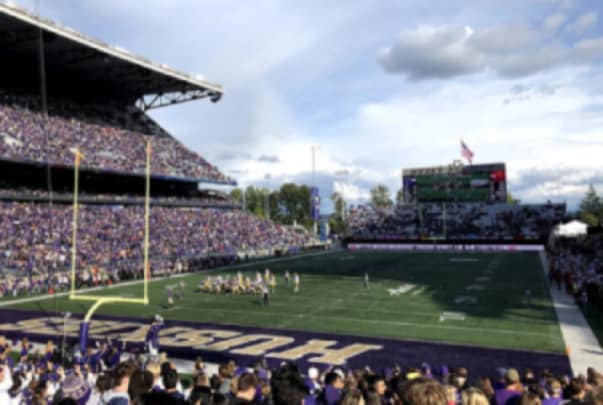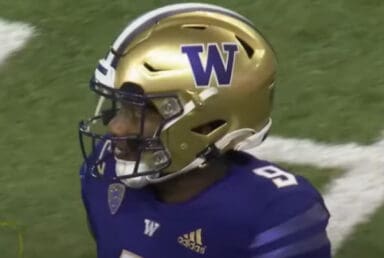Washington Huskies and Oregon Ducks join Big Ten
By joining the Big Ten on Friday, the Washington Huskies and Oregon Ducks effectively put an end to the Conference of Champions.

By joining the Big Ten on Friday, the Washington Huskies and Oregon Ducks effectively put an end to the Conference of Champions.
Since USC and UCLA announced they were joining the Big Ten, about a year ago, many thought it was a matter of time until the Washington Huskies and Oregon Ducks would join them.
After Colorado defected to the Big 12 earlier in the week, combined with a poor media rights offer, the handwriting was on the wall. On Friday, August 4, both institutions decided would go to the Big Ten.
It was evident the end was near when the nine remaining university presidents failed to agree on a grant of rights by Thursday afternoon. Even though there was a chance (with incentives) that Pac-12 members could earn more than their Big 12 counterparts, a streaming-only deal with Apple + proved unacceptable.
Not only did the potential television contract drive out the two Pacific Northwest schools, Arizona, Arizona State, and Utah bolted for the Big 12.
Moving to the Big 10 is hard to swallow for traditional fans in the West. Most have known the conference much of their lives. Originally, the Pac 8, the conference expanded by adding Arizona and Arizona State in 1978. That alignment stood until 2011 when Utah and Colorado joined to make the Pac-12.
No Savior
Losing USC, UCLA, and USC was a major blow, but survivable for the Conference of Champions. Expansion candidates such as San Diego State, Colorado State, and Southern Methodist were ready, willing, and able to bring the total membership up to 10. Additionally, with an automatic bid to the revamped College Football Playoff, the Washington Huskies and Oregon had an easier path to the postseason than 16+ team conferences had.
Unfortunately, the TV deal Pac 12 Commissioner George Kliavkoff negotiated wasn’t going to let that happen. The Pac-12 needed a linear television partner to make a deal work.
Current partners ESPN and Fox committed their financial resources elsewhere. NBC and CBS weren’t interested. Even if the Pac-12 survived this time, there was a good chance it would fall by the wayside when the next set of media rights negotiations came up at the end of the 2020s.
Money changes everything
When it comes to big money strange alliances form. The Washington Huskies administration, led by President Anna Mari Cauce, decided they would make their conference decision based on what UO wanted to do. Something once believed unthinkable due to one of the fiercest rivalries in the West.
First thing Friday morning, Oregon looked like they were standing pat (College Football Playoff) but changed their minds. Both accepted admission to the Big Ten despite not immediately receiving a full revenue share.
At least the Huskies and Ducks games will be on networks fans are accustomed to watching. Young people, including those in college, will have no problem streaming games. But that’s not where the money is.
Collateral Damage
The question for the four schools left behind, Washington State, Oregon State, Stanford, and California, is what comes next. Wazzu and OSU certainly aren’t headed to the Big Ten, and if Staford and Cal were legit possibilities, they would have been invited on Friday.
Mountain West Commissioner Gloria Navarez would welcome the Pacific Northwest schools with open arms. But for athletic departments expecting $30M+ annual revenue payouts, the MWC’s $4M per member distribution would be a gut punch.
Figuring out what happens to the Bay Area teams is more difficult. They could survive as independents until the right situation arises, but not over the long term. Expect a mass exodus of high-profile recruits from the “Forgotten Four.”
Stay tuned and see what happens next. Go Dawgs!

